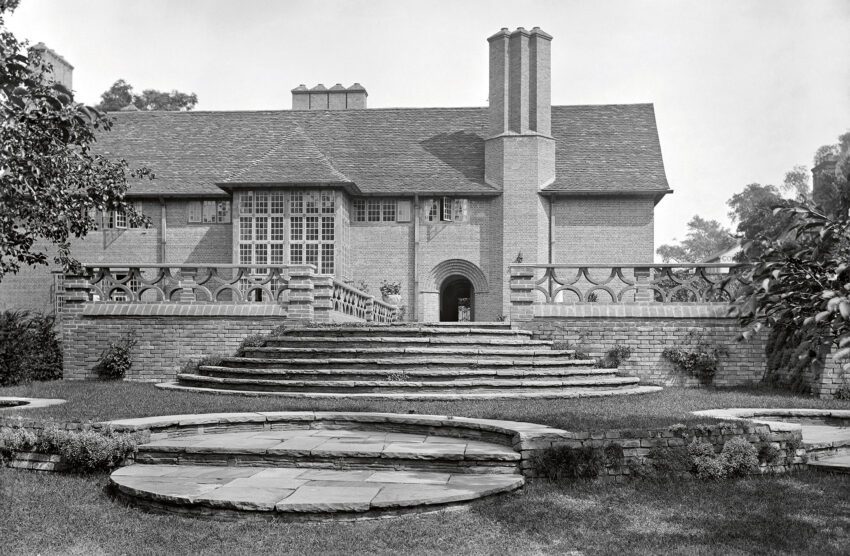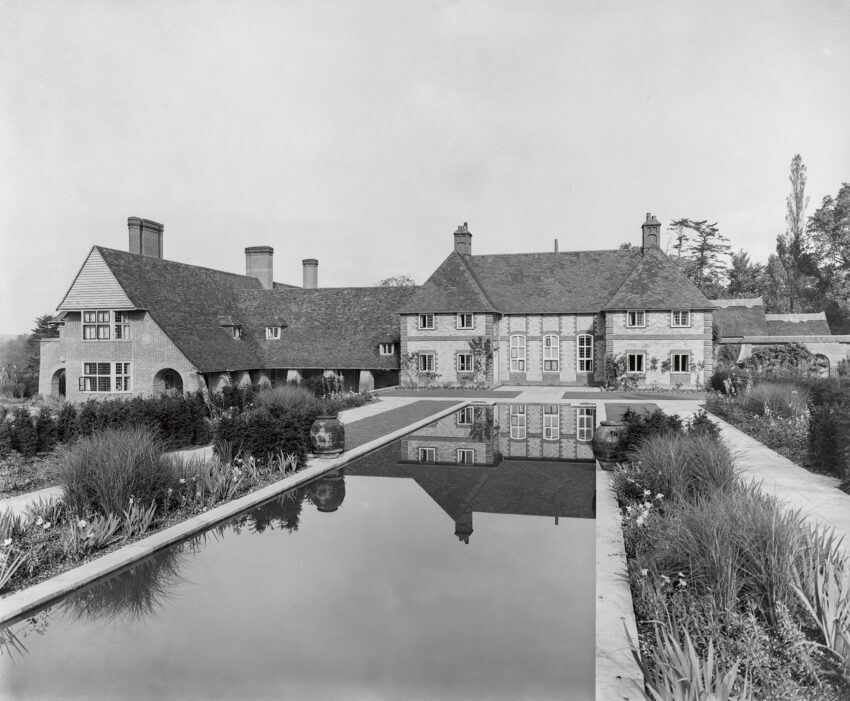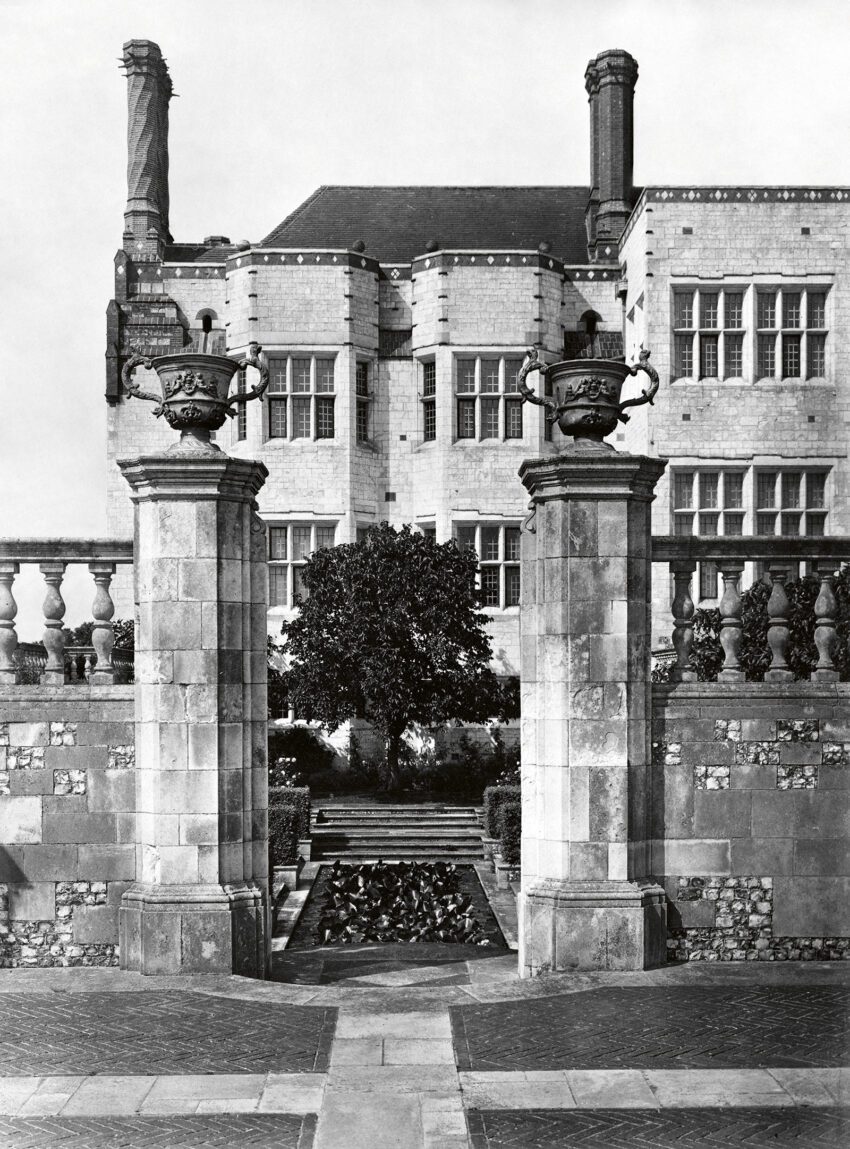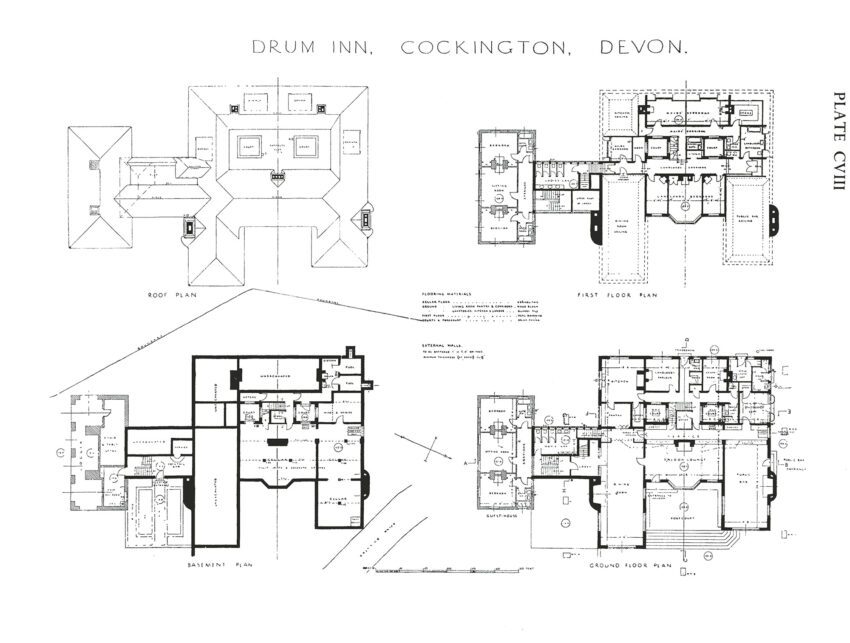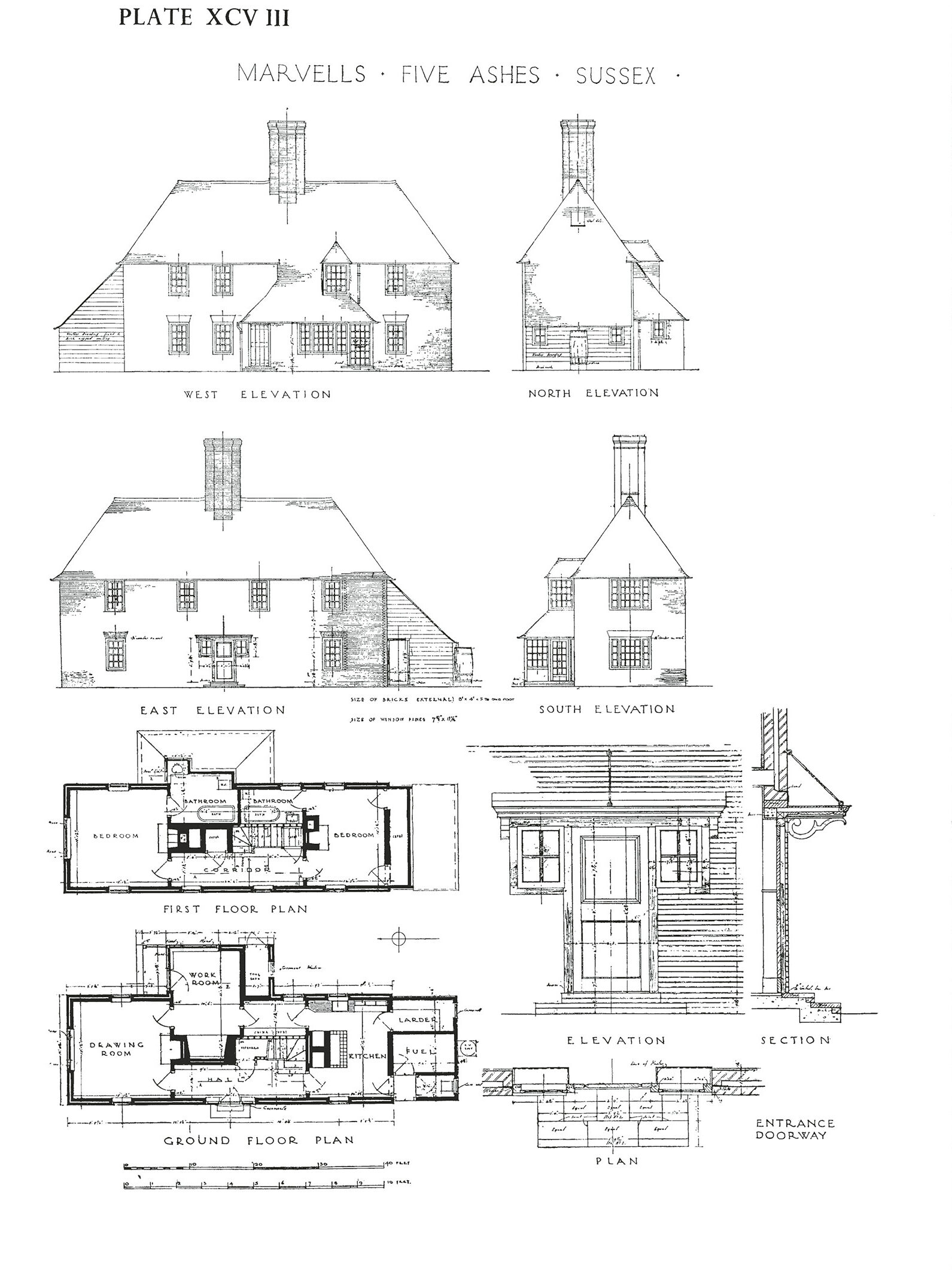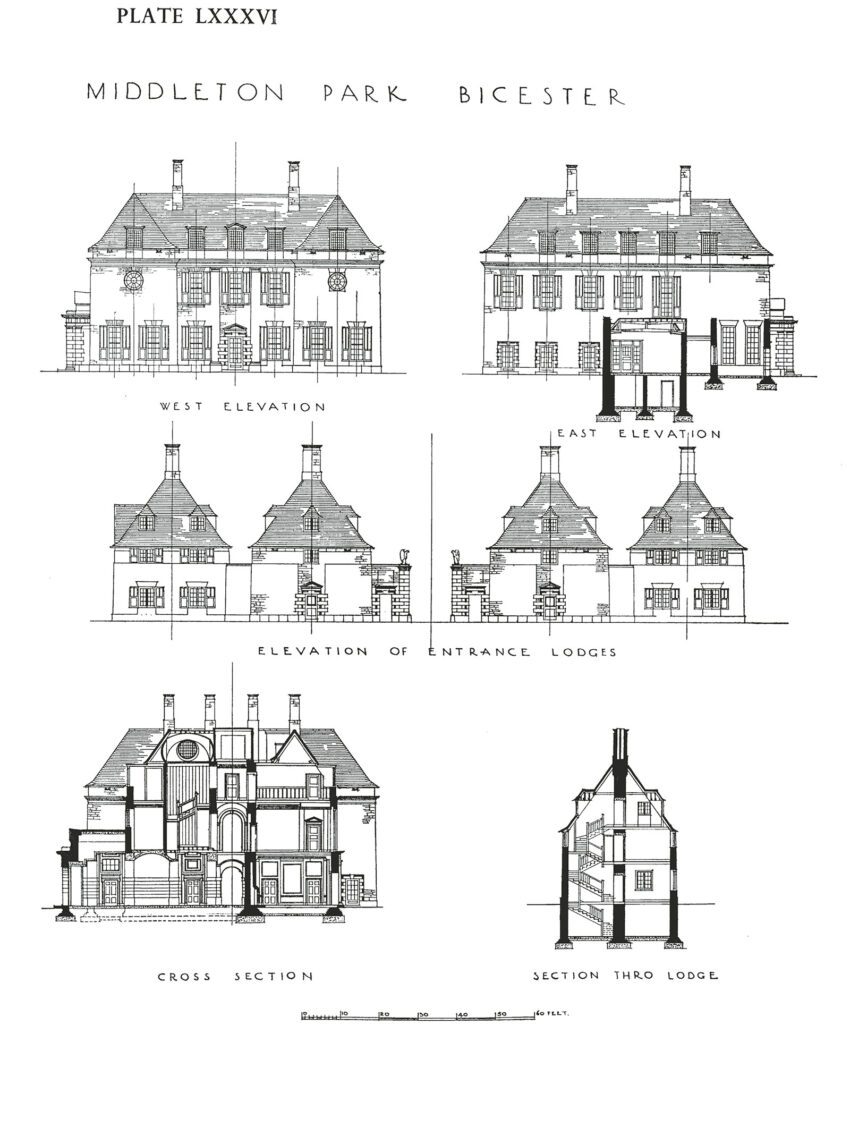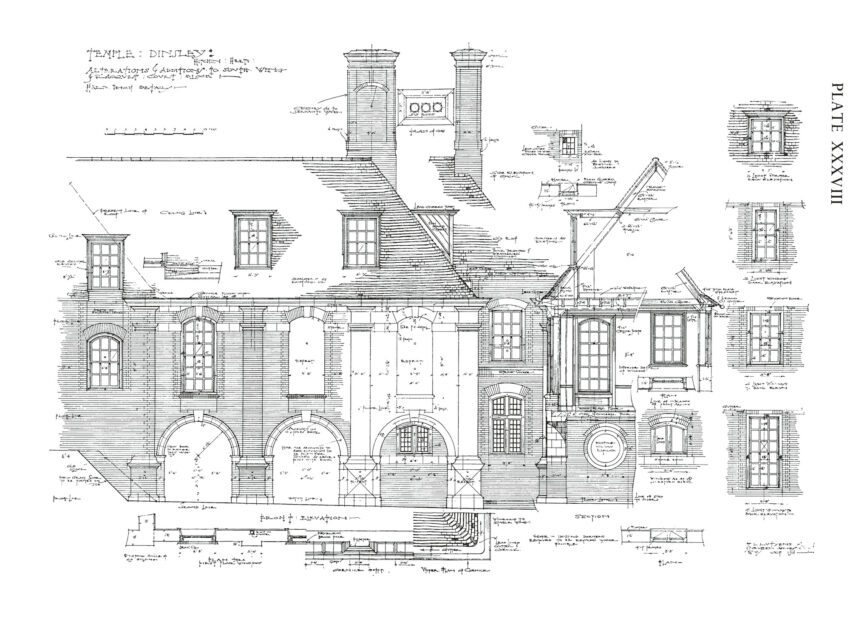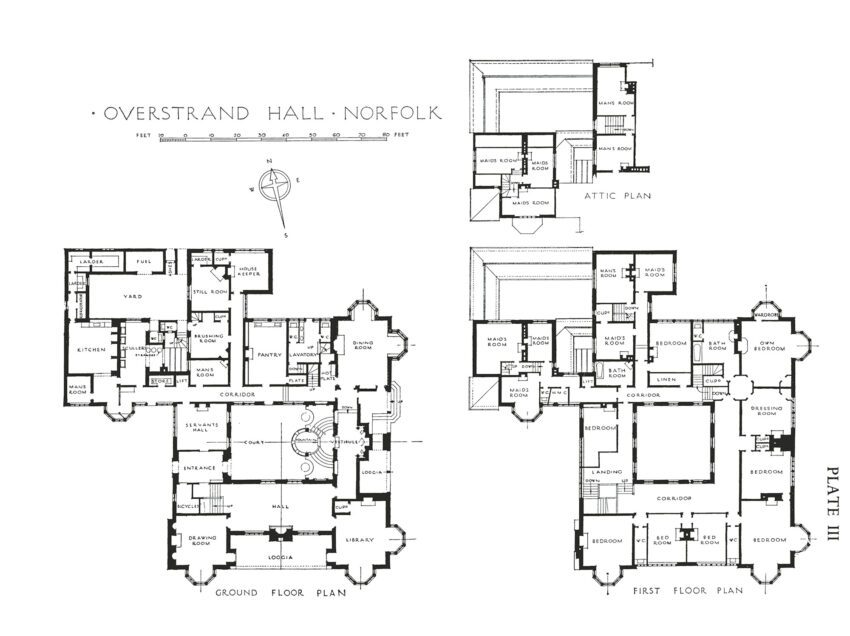Sir Edwin Landseer Lutyens (1869–1944), a British architectural maestro, ingeniously blended traditional British elements into the modern design landscape. A largely self-taught visionary, Lutyens made his debut in the architectural world at a young age and quickly ascended to prominence in the early 20th century. Knighted in 1918 for his invaluable contributions, he established himself as a seminal figure in both the architectural panorama of the British Empire and the global architectural canon.
The name Sir Edwin Lutyens resonates deeply within the annals of architectural history. In an era dominated by traditionalism on one hand and the emergence of modernity on the other, Lutyens’ work serves as a compelling testament to the brilliance of harmonizing these contrasting approaches.
With the release of the book “The Architecture of Sir Edwin Lutyens: Volume 2: Gardens, Delhi, Washington,“ by ACC Art Books readers are invited to delve into the multidimensional facets of his oeuvre that go beyond mere building design.
Domestic Elegance: The Countryside Palette
Lutyens left an indelible mark with his masterful designs for English country residences, as explored in Vol. 1 of the comprehensive book on his work. Noteworthy instances such as Goddards in Surrey and Deanery Garden elegantly meld traditional English aesthetics with Arts and Crafts elements. Munstead Wood, tailored for the renowned horticulturist Gertrude Jekyll, exemplifies Lutyens’ knack for harmoniously situating architecture within the natural landscape.
Countryside Works
Sir Edwin Lutyens Iconic Buildings
New Delhi
Lutyens is perhaps best known internationally for his work in designing parts of New Delhi, the capital of India. This project was an ambitious urban planning scheme initiated in the early 20th century. His most famous contribution to New Delhi is the Rashtrapati Bhavan, formerly known as the Viceroy’s House, a massive structure that served as the official residence for the British Viceroy of India and later, the President of India. The building is an architectural marvel that blends classical European and Mughal elements.
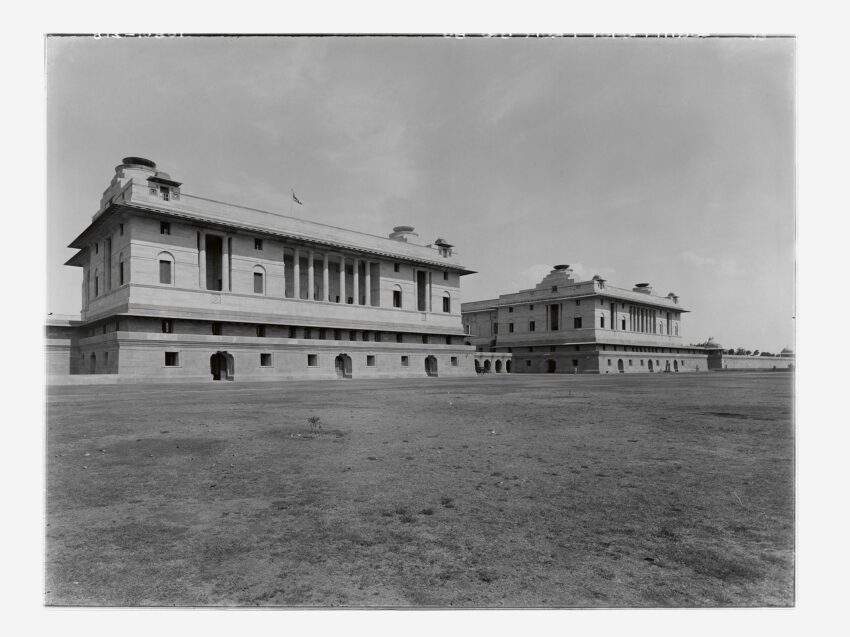
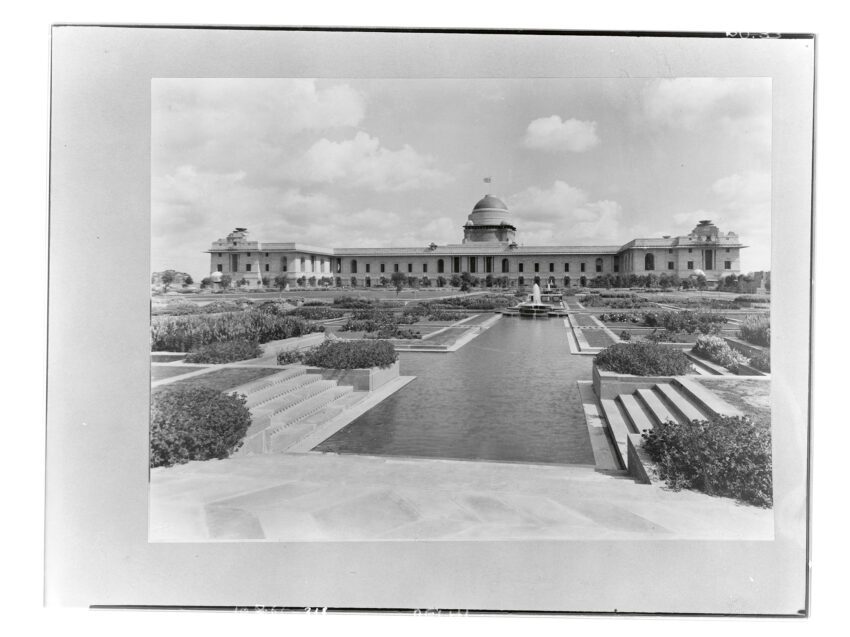
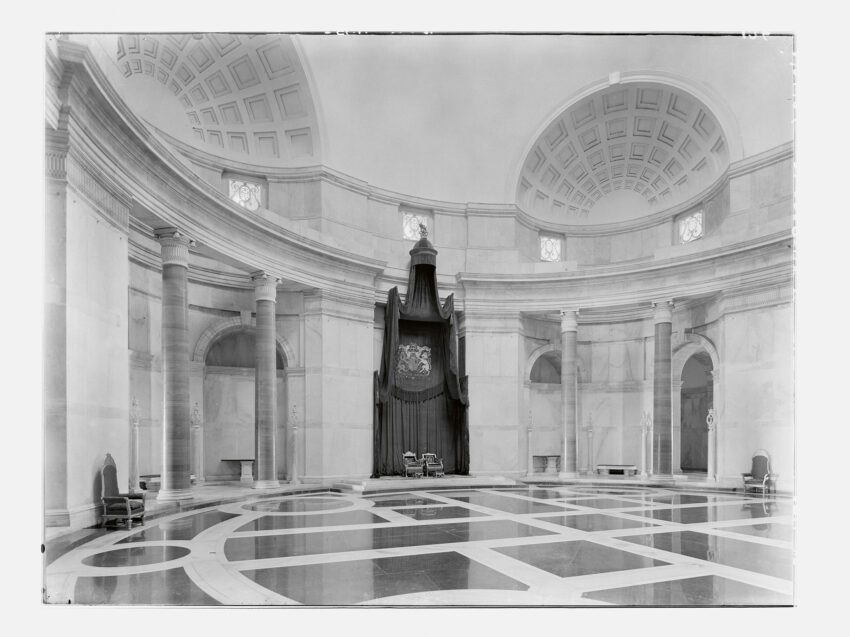
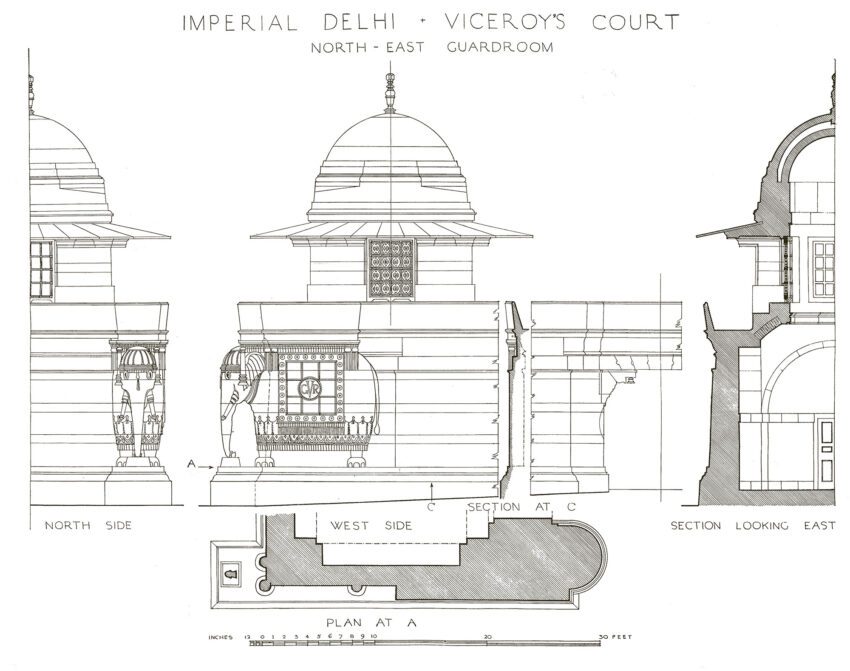
Thiepval Memorial
One of Lutyens’ most poignant works is the Thiepval Memorial in France, dedicated to the missing British soldiers who died in the Battle of the Somme during World War I. The structure is an imposing brick arch that stands as a somber tribute to the lives lost, displaying Lutyens’ ability to work on diverse projects with deep emotional and historical significance.
The Cenotaph
Lutyens also designed the Cenotaph in Whitehall, London. Originally constructed as a temporary structure made of wood and plaster for a peace parade in 1919, it was later rebuilt in Portland stone and serves as the United Kingdom’s primary national war memorial. Its simple, “empty tomb” design has been replicated around the world.
Johannesburg Art Gallery and Washington Embassy

Other remarkable works include the Johannesburg Art Gallery in South Africa and the British Embassy in Washington, D.C. These structures further demonstrate his ability to adapt his style to a variety of cultural contexts and building types.
Lutyens’ Legacy
Sir Edwin Lutyens bequeathed to the world a timeless body of work that remains an instructive paradigm for integrating traditional motifs with modernist innovations. His legacy continues to inform and inspire subsequent generations of architects, offering compelling evidence of the everlasting impact of thoughtful, finely executed design.
Exploring “The Architecture of Sir Edwin Lutyens: Volume 2”
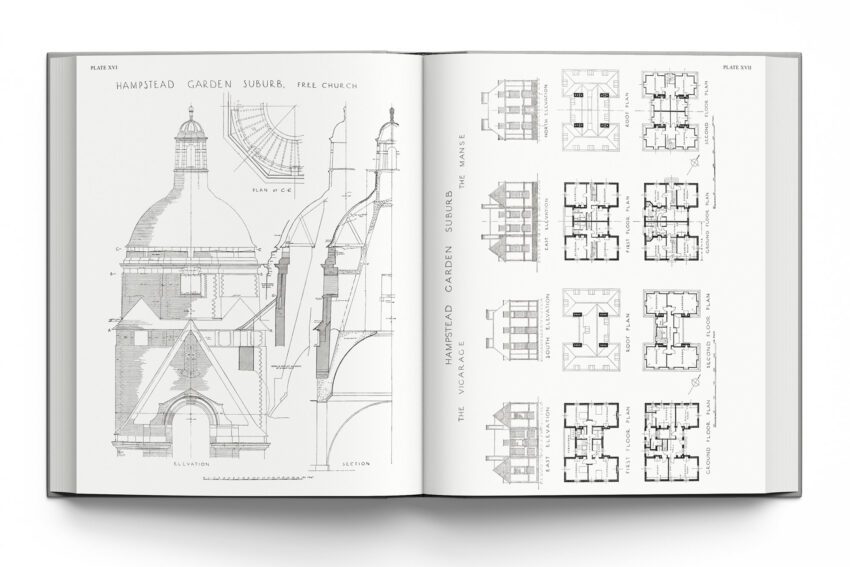
The volume—commissioned posthumously—diversifies the narrative from the initial installment’s domestic focus. It delves into Lutyens’ prowess in garden design, his audacious visions for New Delhi’s Viceroy’s Palace, and the trans-Atlantic brilliance exemplified in the Washington Embassy.
Volume 2 serves as a seminal text for not only architects, academics, and students, but also for anyone intrigued by the transformative power of architecture. It elegantly encapsulates the totality of Lutyens: the architect, the artist, the urban planner, and the visionary. In doing so, it ensures that his monumental legacy will continue to inspire and challenge the realm of architectural design for generations to come.
As Lutyens himself so aptly articulated,
There will never be great architects or great architecture without great patrons.
– Sir Edwin Lutyens
The release of Volume 2 amplifies this statement, celebrating not only Lutyens the architect, but also the rich tapestry of patrons and contexts that allowed his genius to flourish.


